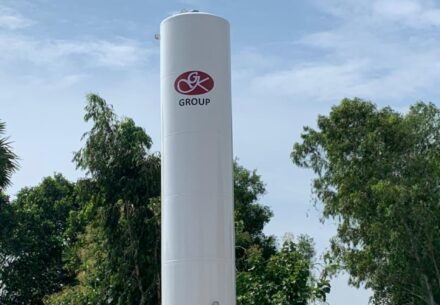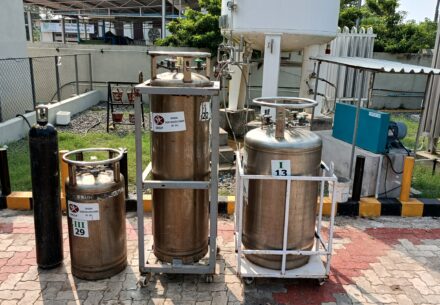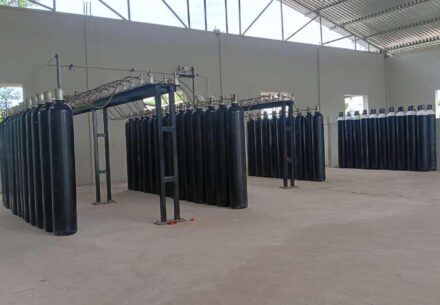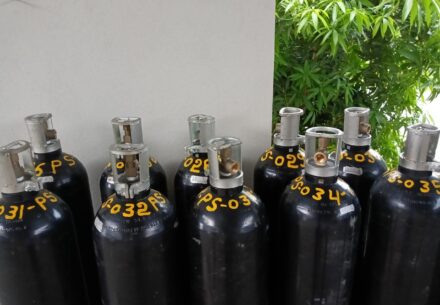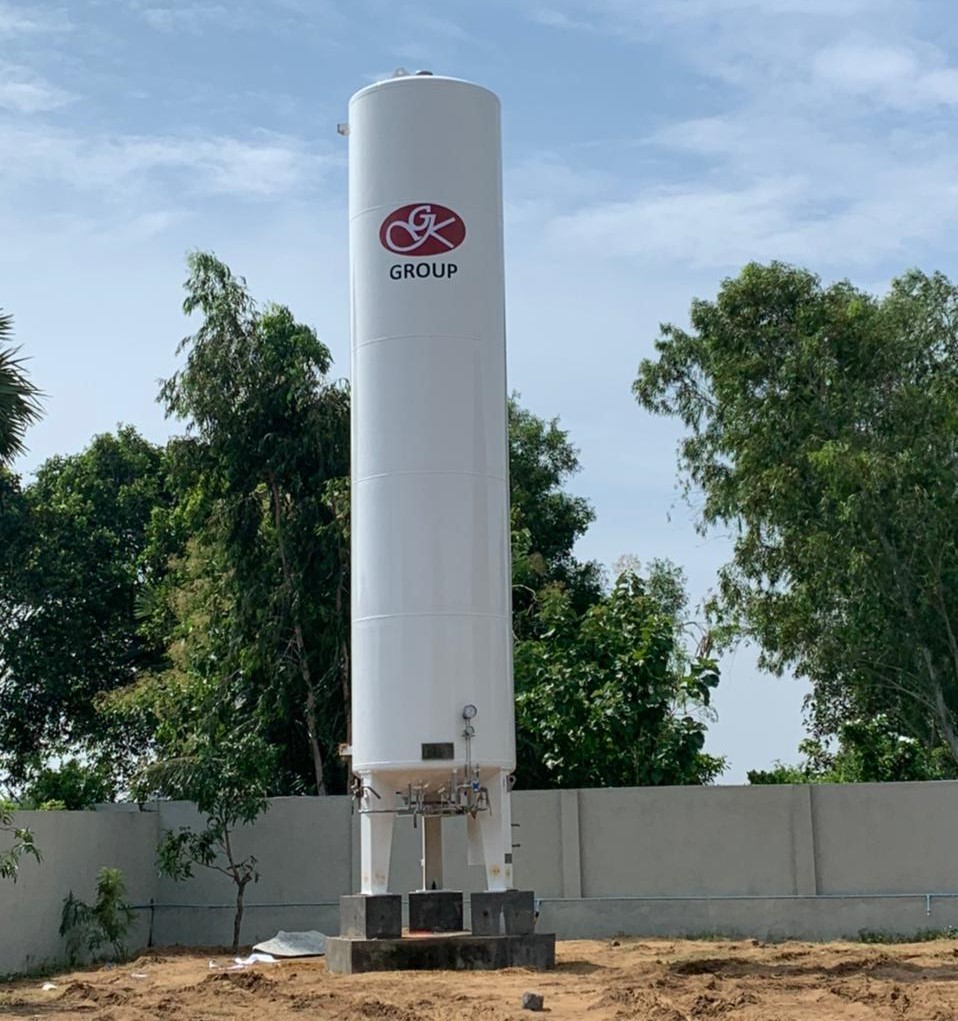
Oxygen Supply
Oxygen cylinders are important gear in fish and shrimp farming, specifically in high-density or extensive aquaculture structures. They provide a focused supply of natural oxygen, making sure good enough dissolved oxygen (DO) ranges to assist breathing, growth, and survival of aquatic species. These cylinders are normally used in the course of emergencies, together with electricity outages or surprising drops in DO caused by environmental modifications. They also are essential in transportation, keeping oxygen degrees in closed structures to make certain the survival of fish and shrimp in the course of transit.
In hatcheries, oxygen cylinders are critical for touchy degrees like larvae and juveniles, in which constant oxygen levels enhance survival charges. The cylinders are connected to diffusers or exceptional-pore aeration stones, which distribute oxygen evenly in water. Regulators manage the float price, generally set primarily based on device size and stocking density. Regular tracking with DO meters ensures the proper oxygen levels, stopping over-oxygenation, that could cause gasoline bubble ailment.
Oxygen cylinders are in particular beneficial in high-density farming, in which natural oxygen replenishment is insufficient, boosting boom and feed efficiency.
Oxygen cylinders are in particular beneficial in high-density farming, in which natural oxygen replenishment is insufficient, boosting boom and feed efficiency. They are transportable, making them flexible for use in various aquaculture situations. Proper handling, which includes securing cylinders and checking for leaks, guarantees safety. By imparting reliable oxygen supplementation, those cylinders enhance productiveness and decrease mortality dangers in fish and shrimp farming.
Methods of Oxygen Supply
1. Aeration Systems
- Aeration is the most not unusual approach for maintaining oxygen ranges in shrimp farming.
(i)Paddlewheel Aerators:
- Widely utilized in shrimp ponds for efficient oxygenation and water movement.
- Ideal placement is across the pond’s periphery to create circular go with the flow.
- Commonly used in each develop-out ponds and nurseries.
(ii)Diffused Air Systems:
- Air is provided thru diffusers at the lowest of tanks or ponds.
- Effective for deep tanks or RAS (Recirculating Aquaculture Systems).
- Requires air blowers or compressors to generate exceptional bubbles.
(iii)Venturi Aerators:
- Water is pumped via a venturi device that mixes air and water, growing oxygenation.
- Suitable for smaller-scale structures or as a supplemental oxygen source.
(iv)Long-Arm Aerators:
- Covers large regions than wellknown paddlewheels, imparting more even oxygen distribution.
- Useful in large ponds or high-density structures.
2. Pure Oxygen Systems
For in depth shrimp farming, pure oxygen systems can complement aeration:
- Oxygen fuel is injected without delay into the water thru diffusers.
- Provides unique manage over oxygen levels, specially at some point of height oxygen demand (e.G., at night or all through excessive biomass periods).
- Common in RAS or indoor shrimp farming systems.
3.Emergency Oxygenation
- Use portable aerators or oxygen cylinders all through crucial durations (e.G., high temperatures, algal blooms, or device failure).
- Backup turbines make certain continuous operation of aerators at some point of electricity outages.
Applications:
Transportation:
Fish and shrimp are often transported in water with constrained oxygen availability. Cylinders provide a continuous oxygen deliver, ensuring survival in the course of transit.
Emergency Use:
During unexpected drops in DO degrees as a result of power outages or environmental elements, oxygen cylinders act as a quick and effective technique to prevent hypoxia and mortality.
High-Density Farming:
In in depth structures with high stocking densities, oxygen call for exceeds natural deliver. Oxygen cylinders help hold consistent DO tiers to assist boom and decrease pressure.
Hatcheries:
Hatcheries regularly rely upon natural oxygen to hold strong situations for touchy lifestyles degrees like larvae and juveniles, making sure higher survival charges.
Monitoring Oxygen Levels
- DO Meters: Use digital dissolved oxygen meters to display degrees in actual-time.
- Observation: Signs of low oxygen consist of shrimp clustering close to aerators, decreased feeding, or lethargy.
- Automation: Install sensors related to aeration systems for computerized oxygen management.
How to Use Oxygen Cylinders
Diffusion System:
Connect the cylinder to an air diffuser or fine-pore aeration stones to evenly disperse oxygen in the water.
Flow Control:
Use a regulator to control the flow rate, typically between 2–10 liters per minute, depending on the system size and DO requirements.
Monitoring:
Regularly check DO levels using a digital meter to prevent over-oxygenation, which can be harmful to aquatic species.
Advantages
- Provides immediate oxygen replenishment.
- Enhances growth and feed efficiency.
- Reduces the risk of mortality in critical conditions.
Optimal Dissolved Oxygen Levels
| Species | Optimal DO Level (mg/L) |
|---|---|
| Shrimp (Litopenaeus vannamei, Penaeus monodon) | 5.0–7.0 |
| Freshwater Fish (Tilapia, Catfish) | 5.0–8.0 |
| Coldwater Fish (Trout, Salmon) | 7.0–10.0 |
| Marine Fish (Seabass, Grouper) | 5.5–7.5 |
